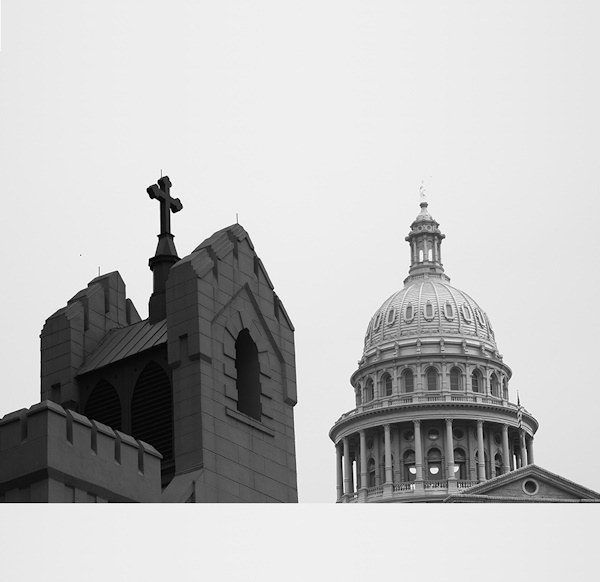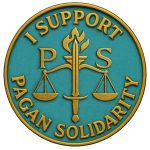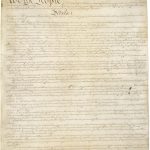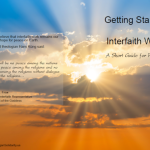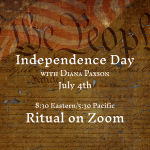by Rev. Judith Barnett (Mama Maureen)
The separation of church and state stands as one of the foundational principles of modern democratic governance. This doctrine, which limits government involvement in religious affairs and prevents religious institutions from directly controlling governmental functions, has profound implications for religious freedom, civil liberties, and societal harmony.
The concept’s modern articulation emerged from the Enlightenment era, finding clear expression in the United States through Thomas Jefferson’s “wall of separation” metaphor and the First Amendment’s establishment clause. However, its roots trace back to earlier struggles against religious persecution and state-enforced orthodoxy across various civilizations.
These historical lessons demonstrated that when religious and political authority merge, the result often includes persecution of religious minorities, corruption of both institutions, and limitations on intellectual and social progress.
Paradoxically, separation of church and state actually protects and enhances religious liberty rather than diminishing it.
When government remains neutral on religious matters, all faiths can flourish without fear of discrimination or preferential treatment. Religious communities retain autonomy to govern their internal affairs according to their beliefs without governmental interference.
This arrangement prevents the state from imposing religious practices on citizens and protects minority faiths from the tyranny of the majority. It acknowledges that genuine faith must be freely chosen rather than coerced through governmental power.
When religious and political authority remain distinct, citizenship rights aren’t contingent upon religious affiliation. All citizens stand equal before the law regardless of their spiritual beliefs or lack thereof. This principle ensures that individuals from all backgrounds can fully participate in civic life without religious tests or barriers.
In pluralistic societies with diverse religious and philosophical perspectives, separation provides a framework for peaceful coexistence. It establishes common ground for civic engagement while respecting profound differences in worldviews.
Both religious and governmental institutions benefit from maintaining appropriate boundaries. Religious organizations remain free from political corruption and manipulation when they don’t depend on state power to advance their mission. Meanwhile, governmental decision-making can focus on evidence-based policy rather than theological considerations.
This separation doesn’t mean that religious perspectives have no place in public discourse. Rather, it requires that public policy decisions be justified through reasons accessible to all citizens, not exclusively through religious doctrine.
Despite widespread recognition of its importance, the separation principle faces ongoing challenges. Religious symbols in public spaces, educational controversies, healthcare exemptions, and electoral politics all present complex questions about the proper relationship between religion and government.
Finding the right balance requires ongoing dialogue and careful distinction between appropriate religious expression and improper entanglement. Maintaining institutional boundaries remains essential for both religious freedom and democratic governance.
The separation of church and state represents more than a legal doctrine—it embodies a fundamental insight about human liberty and social harmony.
By preserving distinct spheres for religious and governmental authority, this principle creates space for both vibrant faith communities and effective democratic institutions. In an increasingly diverse world, recommitting to this boundary remains essential for societies that value both religious freedom and equal citizenship.




